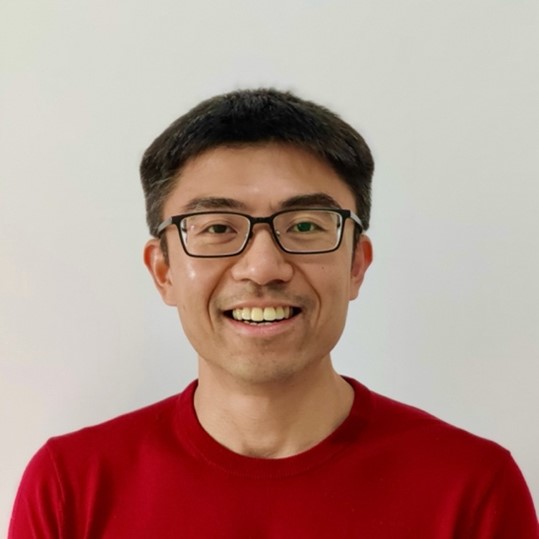Dr. Tzer Han Tan
Seminar Information

Active crystals are highly ordered structures that emerge from the self-organization of motile objects, and have been widely studied in synthetic and bacterial active matter. Whether persistent crystalline order can emerge in groups of autonomously developing multicellular organisms is currently unknown. In this talk, I will share our recent discovery on how swimming starfish embryos spontaneously assemble into chiral crystals that span thousands of spinning organisms and persist for tens of hours. Combining experiments, theory and simulations, we demonstrate that the formation, dynamics and dissolution of these living crystals are controlled by the hydrodynamic properties and the natural development of embryos. Remarkably, living chiral crystals exhibit self-sustained chiral oscillations as well as various unconventional deformation response behaviors recently predicted for odd elastic materials. Our results provide direct experimental evidence for how non-reciprocal interactions between autonomous multicellular components may facilitate non-equilibrium phases of chiral active matter.
Tzer Han completed his Ph.D. in Physics from Massachusetts Institute of Technology in 2020. Prior to UC San Diego, he was an ELBE Postdoctoral Fellow at the Center for Systems Biology Dresden (CSBD) and an NSF-Simons Independent Fellow in Harvard’s Quantitative Biology Program. With research at the intersection of soft matter and biophysics, Tzer Han is interested in understanding how nonequilibrium forces lead to spatiotemporal organization in living matter, and in turn, how biological regulation harness this self-organizing capacity to make functional forms.
